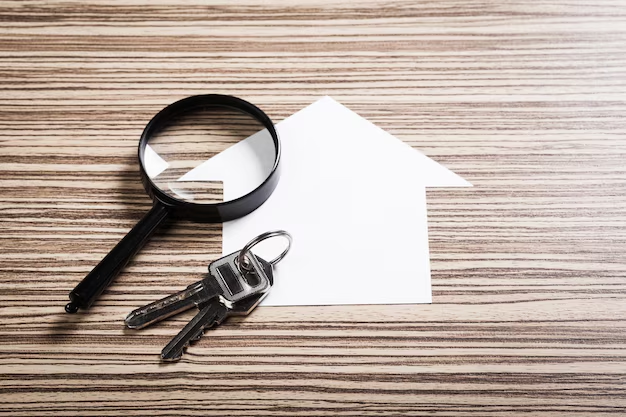Simplifying Apartment Addresses: A Quick Guide
If you've ever been puzzled by how to correctly format an apartment address, you're not alone. Clarity in addressing is crucial, whether you're ordering a package or simply ensuring your mail reaches its destination. Here's how to write an address for an apartment accurately and efficiently.
Essential Components of an Apartment Address
Your apartment address should consist of several critical elements:
Recipient's Name: Always begin with the full name of the person or business receiving the mail.
Street Address: Follow the recipient's name with the street address. Importantly, this should include the building number and street name.
Apartment Number: Directly after the street address, include the apartment number. Typically, this is abbreviated as “Apt” followed by the number (e.g., Apt 203).
City, State, and ZIP Code: Finish the address with the city, state, and ZIP code. Place these on one line, ensuring these elements are clear and correct.
Formatting Example
Here's what a correctly formatted apartment address might look like:
John Doe
123 Maple Street, Apt 203
Springfield, IL 62701
Key Tips for Accuracy
- Use Standard Abbreviations: Keeping abbreviations like "Apt" for apartment is standard. This also applies to states (e.g., "IL" for Illinois).
- Avoid Special Characters: Avoid using special characters or punctuation to prevent postal confusion.
- Check Local Postal Guidelines: Different countries might have unique address requirements, so ensure to comply with any local standards.
By ensuring these components are included and correctly formatted, you can prevent lost or delayed mail—an inconvenience none of us need!
More Than Just an Address: Considering Your Financial Landscape
Understanding how to format an address is just one step in managing adulthood's complexities. For those living in apartments, particularly college students or young professionals, financial assistance, and educational resources can be vital. Managing rent, tuition, and other expenses might not always be straightforward. Thankfully, there are resources available that can help.
Financial Assistance Resources
Let’s explore some opportunities that could lighten your financial burden:
🏠 Government Housing Assistance: Programs like HUD can offer subsidies to eligible renters. Check your local housing authority for more.
📚 Educational Grants: For students, grants and scholarships can significantly reduce the cost of higher education. Investigate options like Pell Grants or state-funded programs.
💳 Credit Card Solutions: If you’re managing multiple expenses, look for credit cards with beneficial rewards or 0% APR introductory rates.
💵 Debt Relief Options: Struggling with student loans or credit card debt? Consider federal debt relief programs that might offer payment deferment or forgiveness.
🏥 Health Insurance Subsidies: The marketplace often provides subsidies to lower premiums for qualifying individuals, which can significantly alleviate monthly expenses.
Taking advantage of these resources can not only help secure your financial well-being but also enhance your quality of life. Always be proactive in seeking out these solutions—they are more accessible than you might think and can make a substantial difference.
